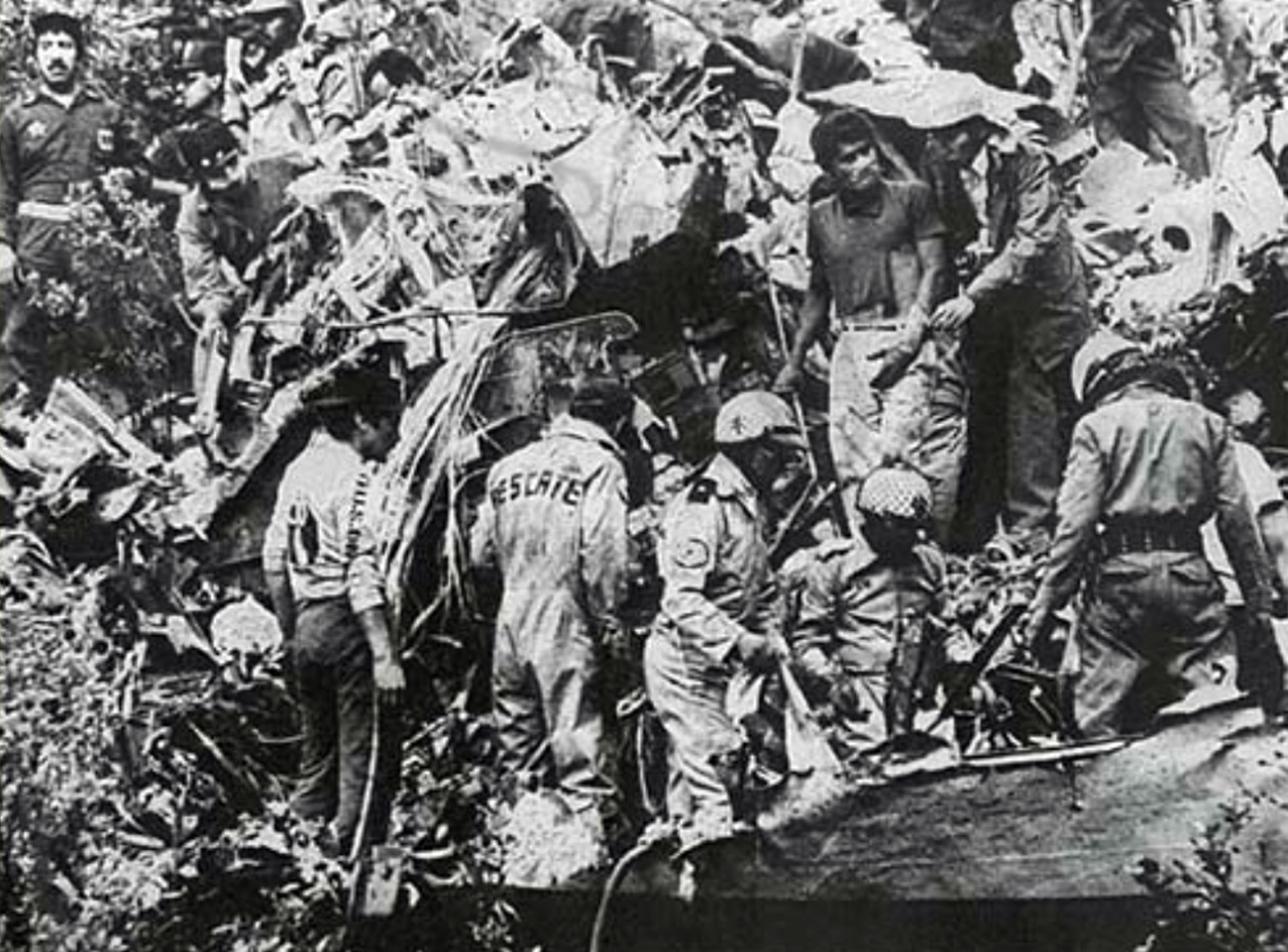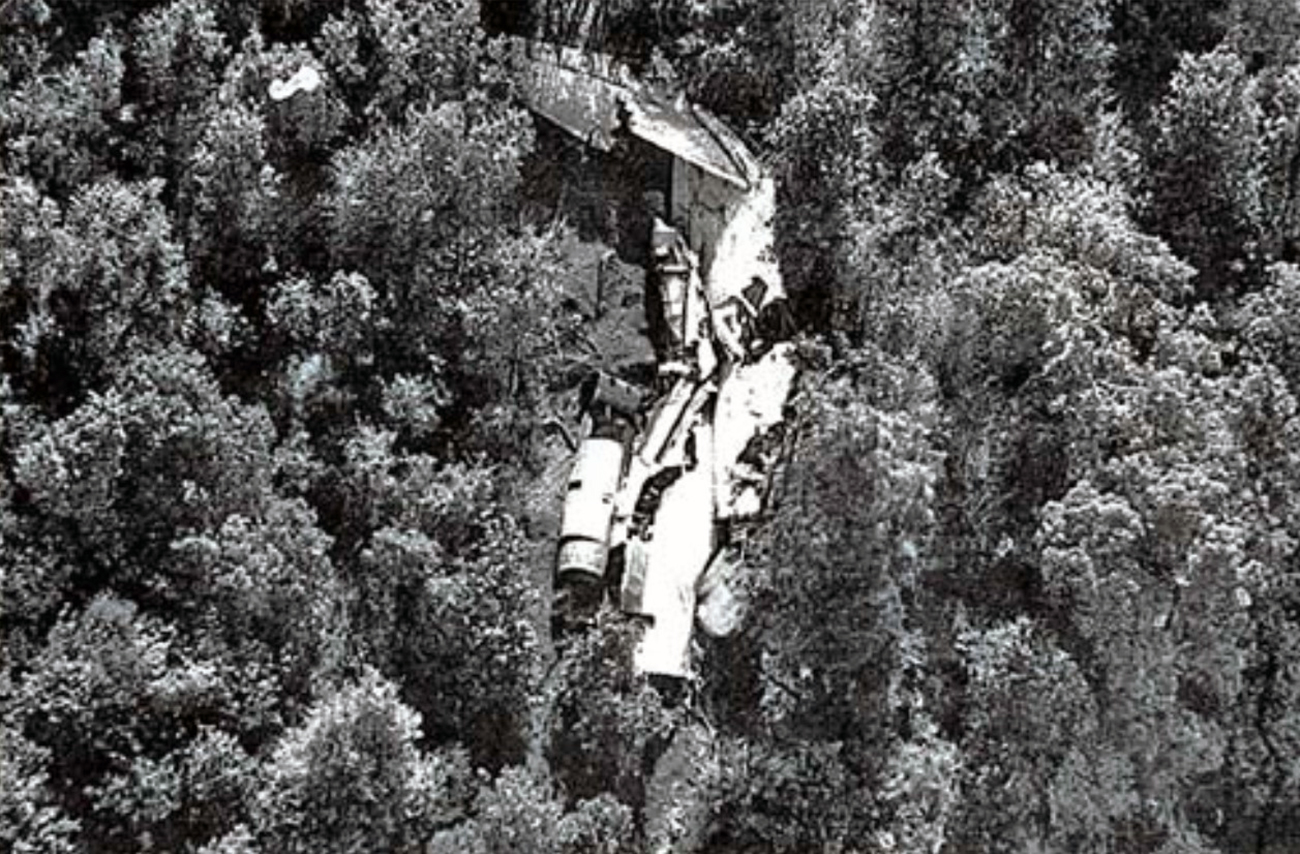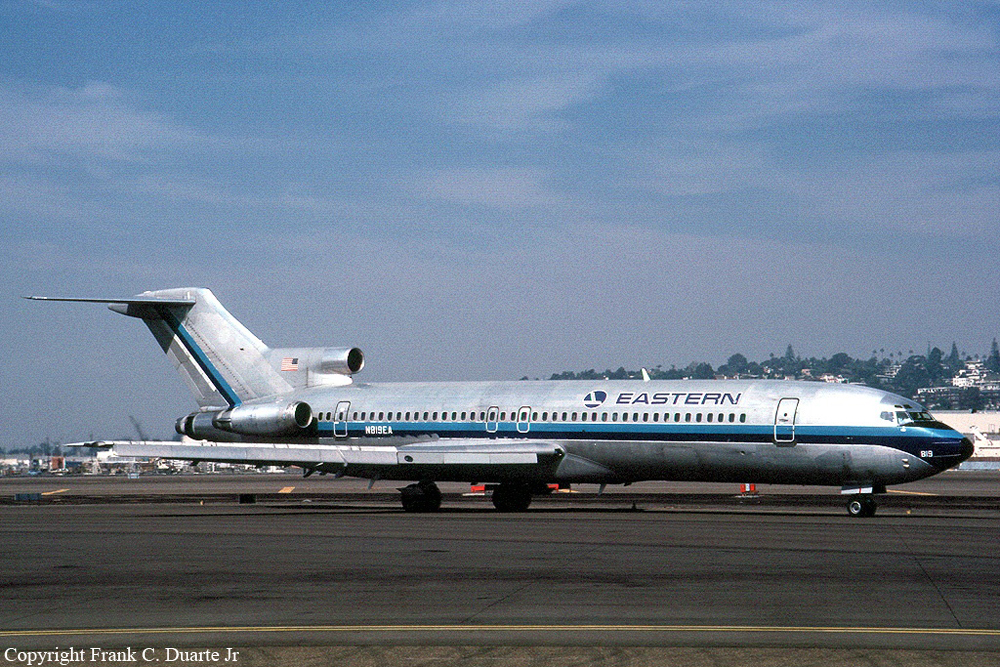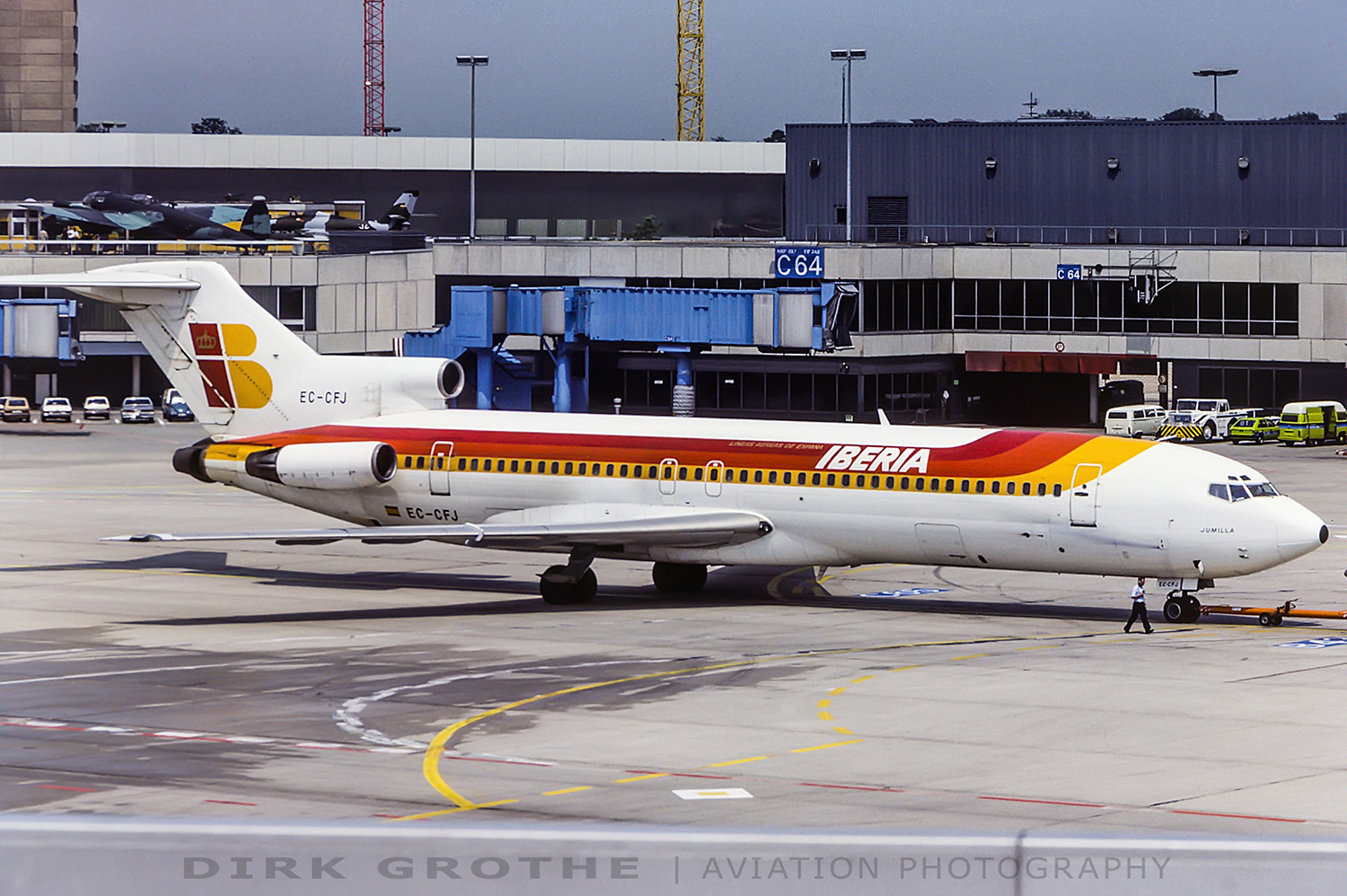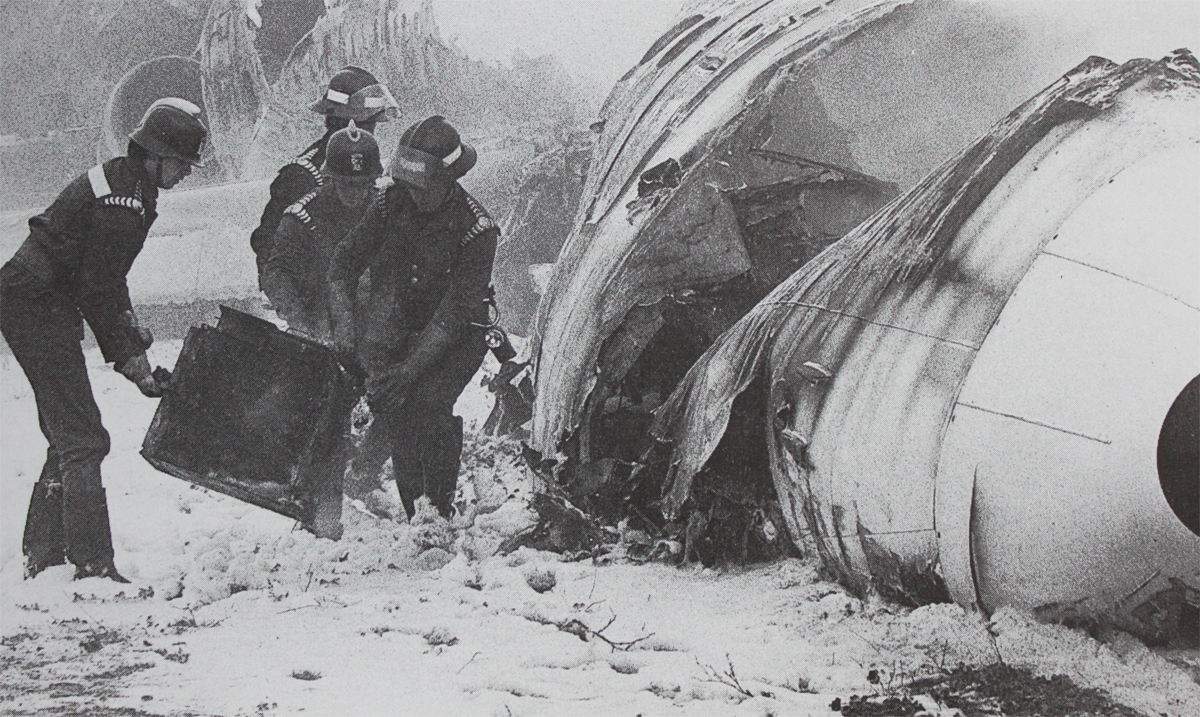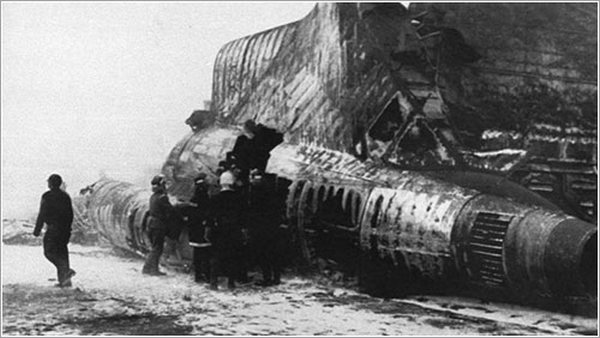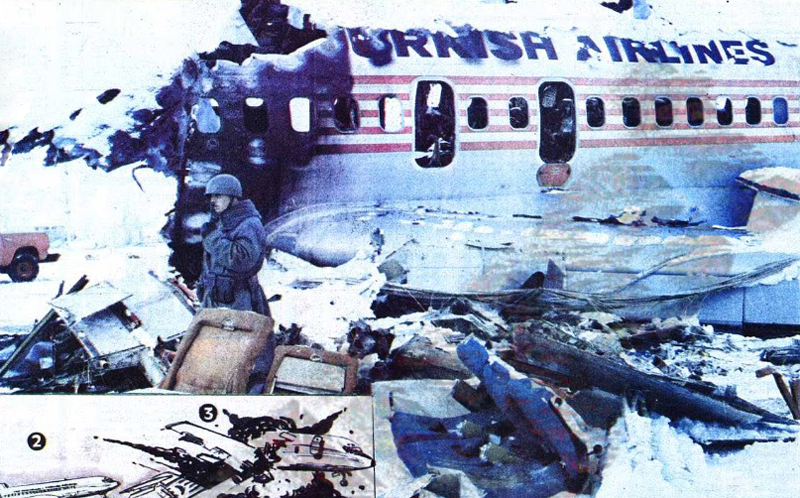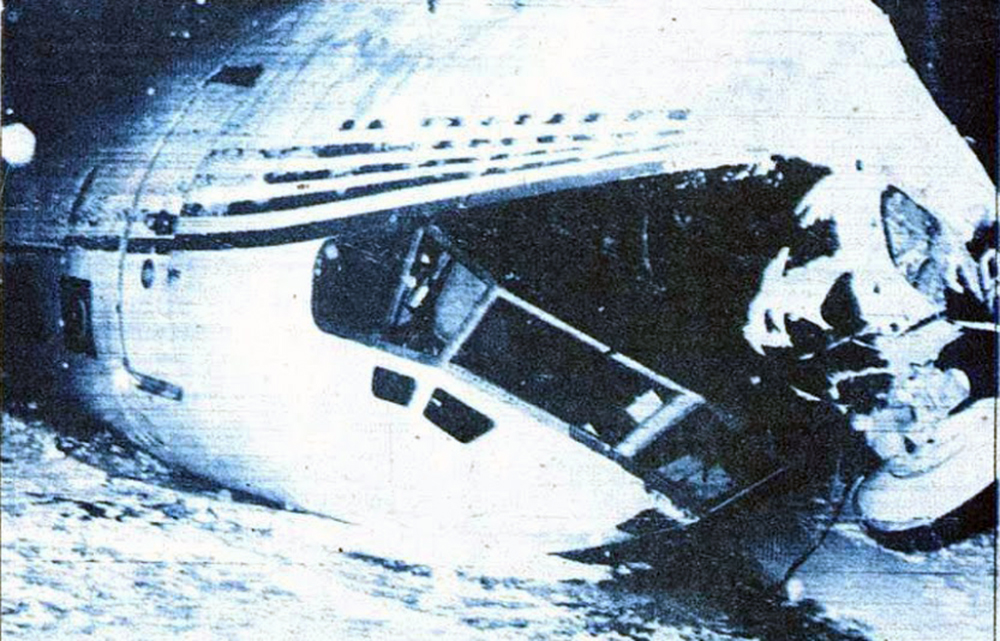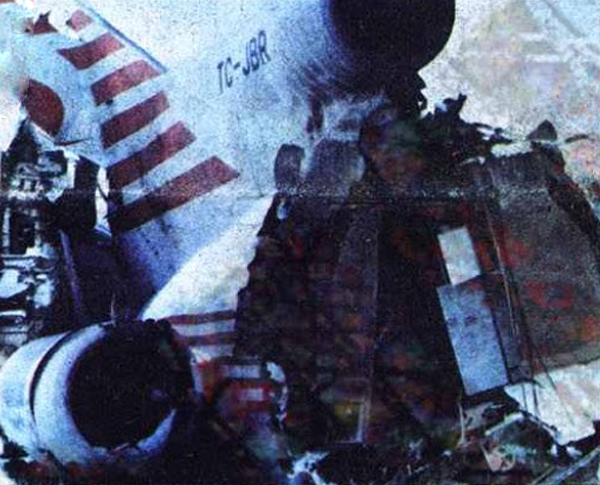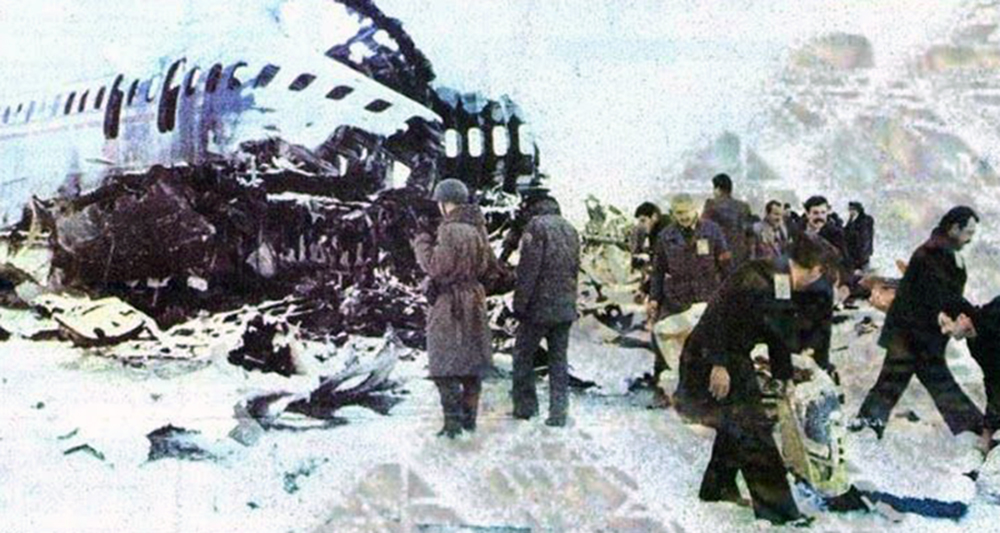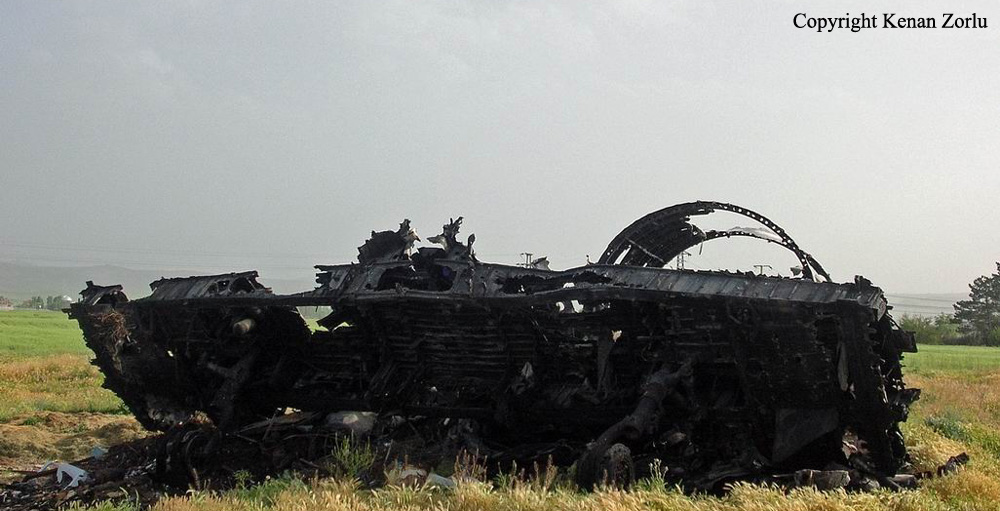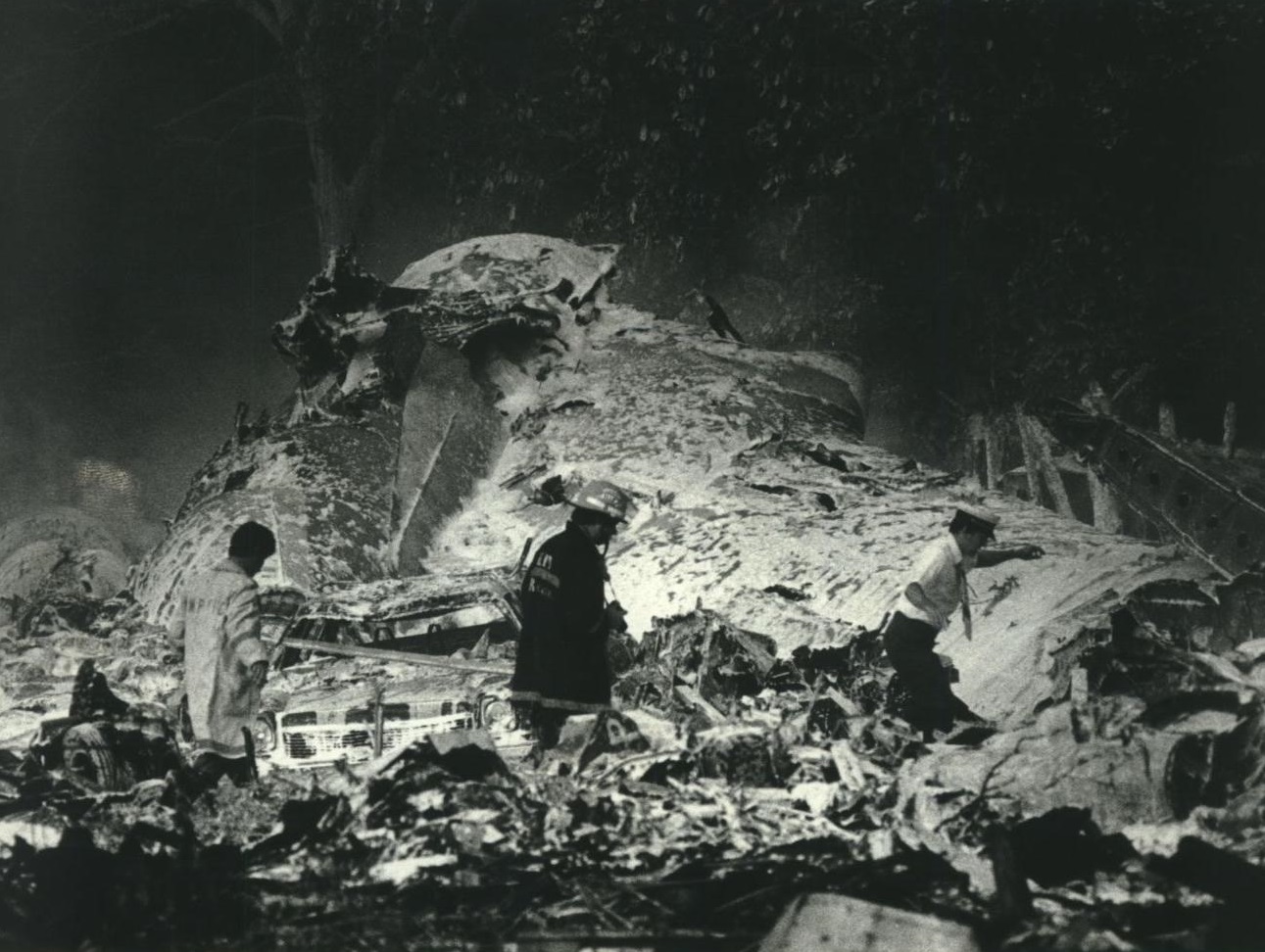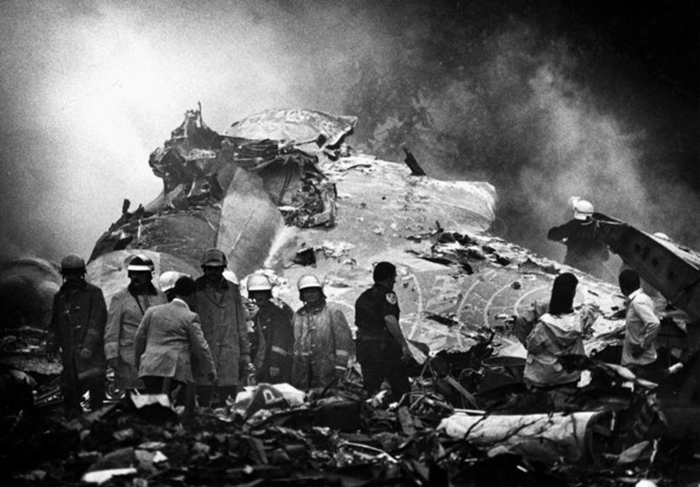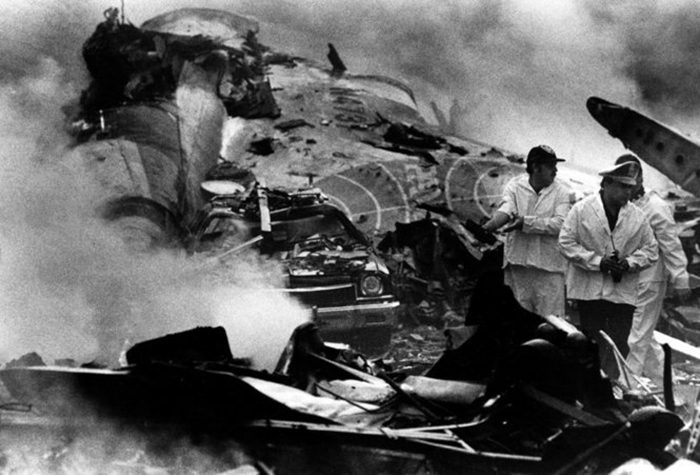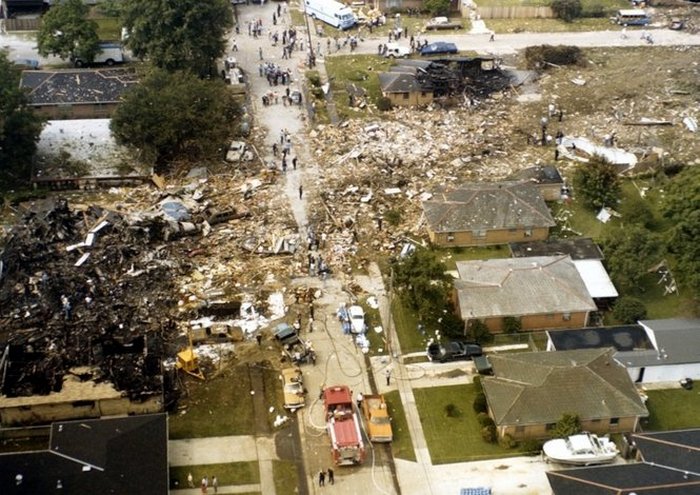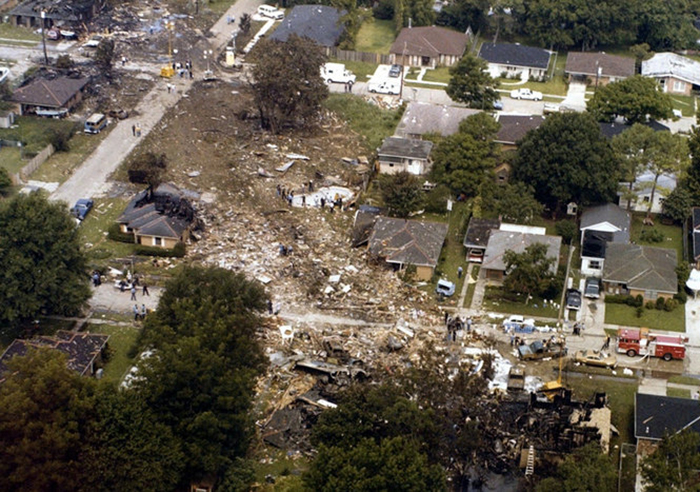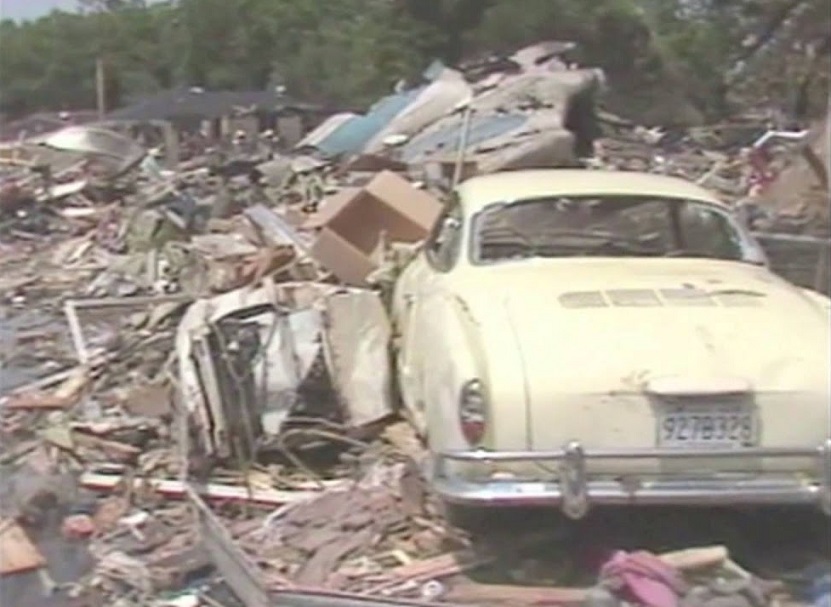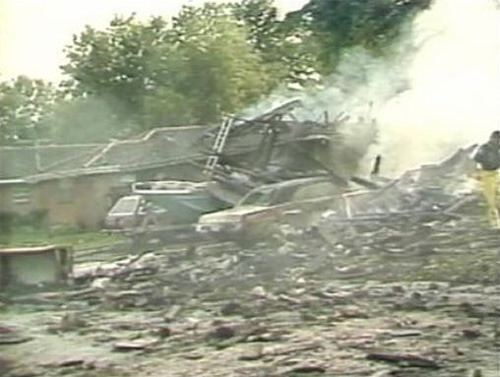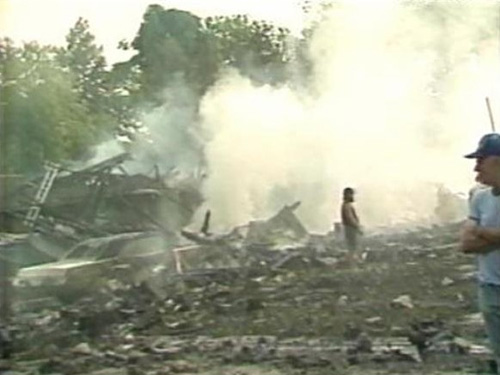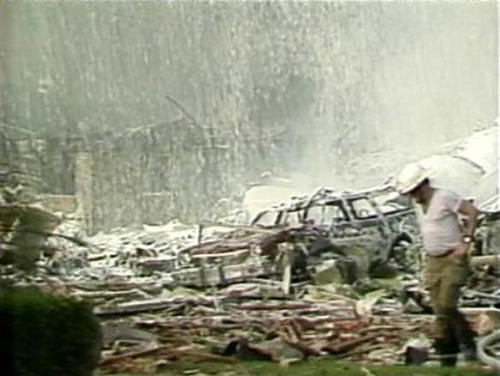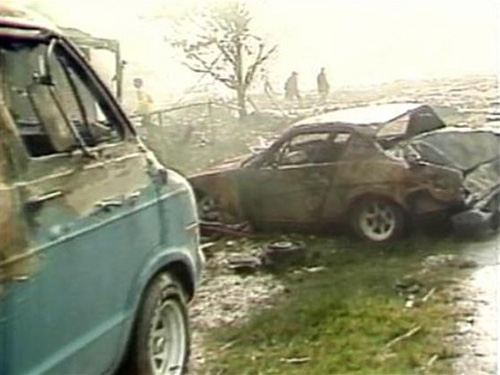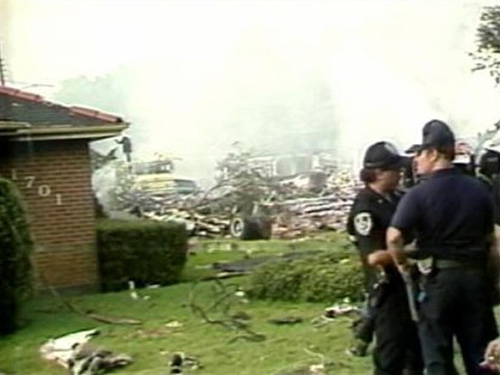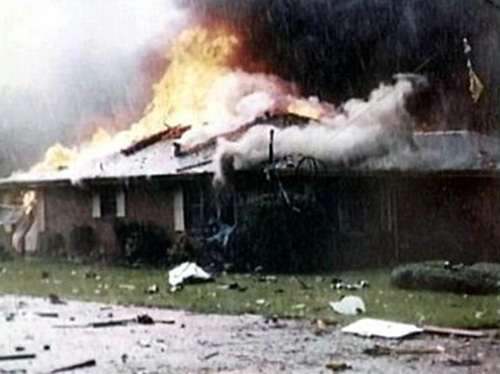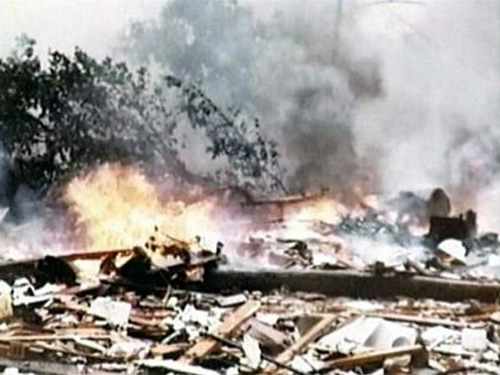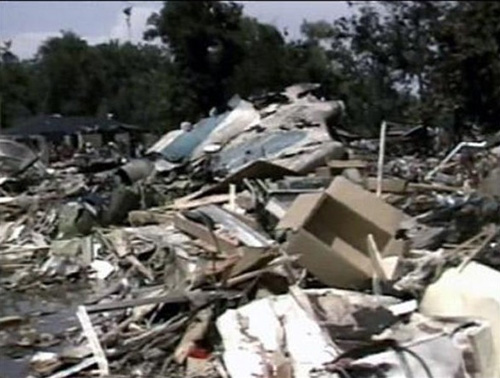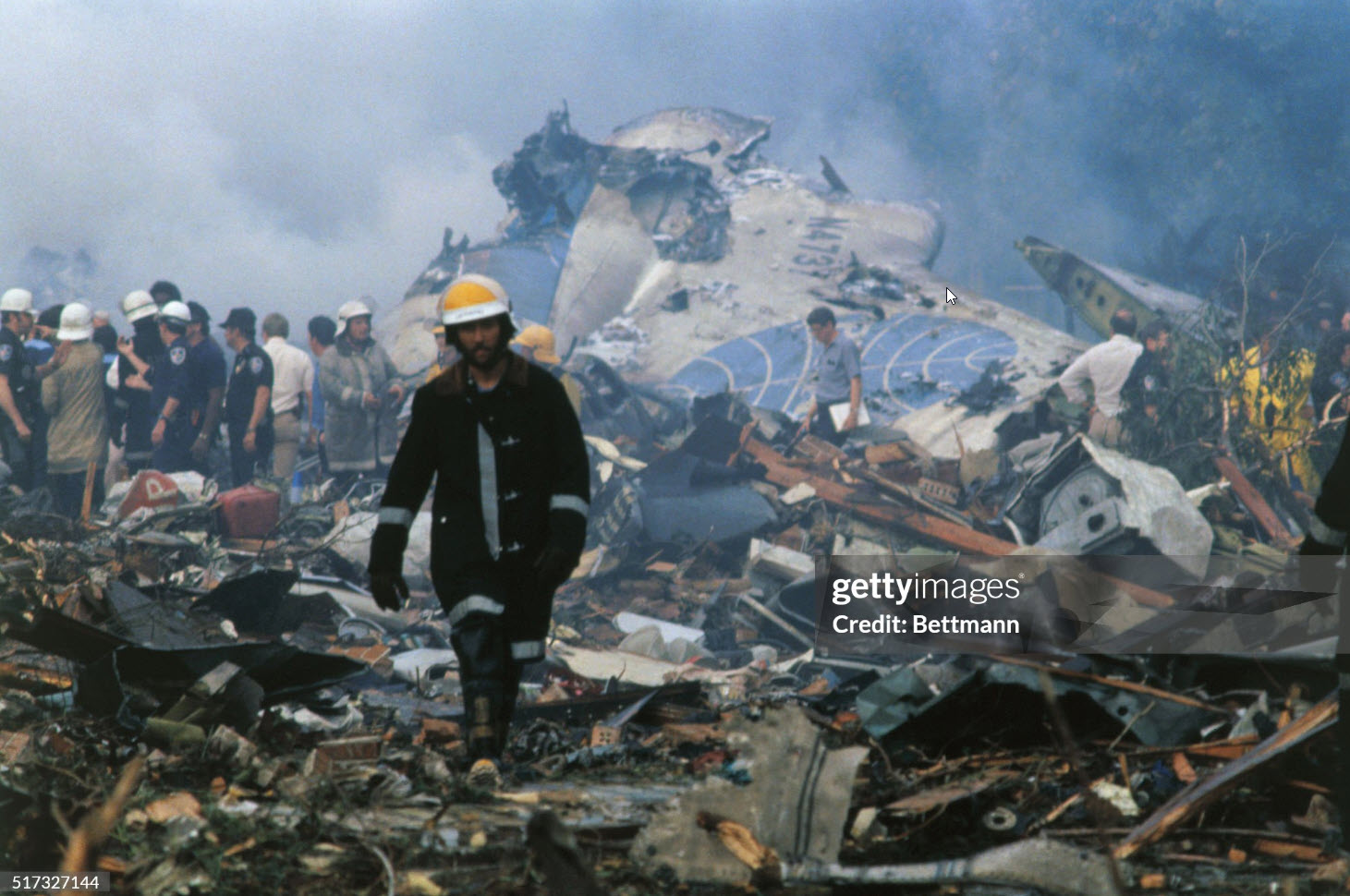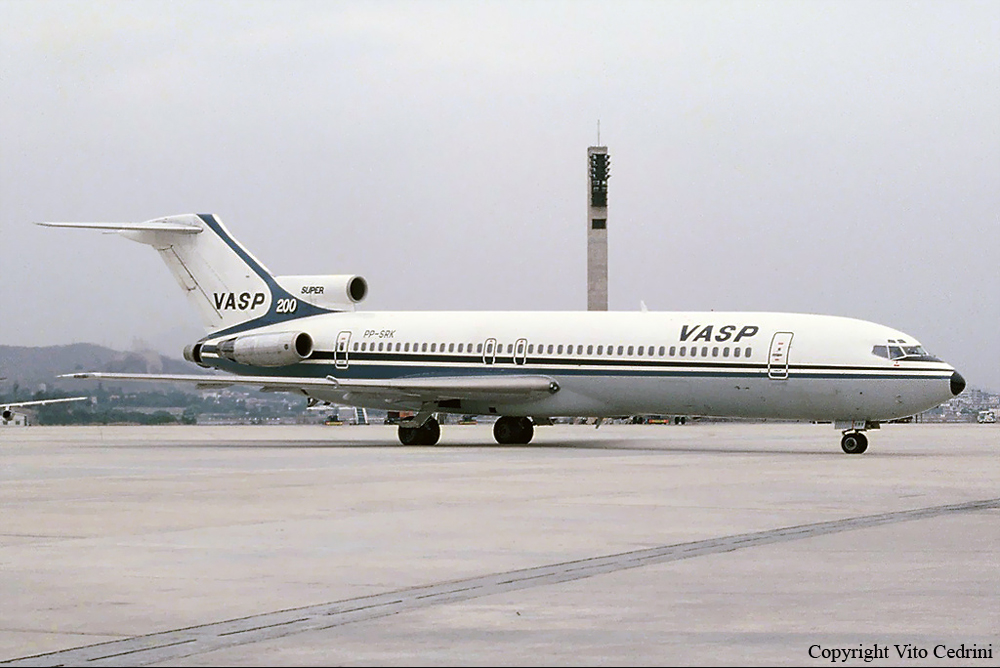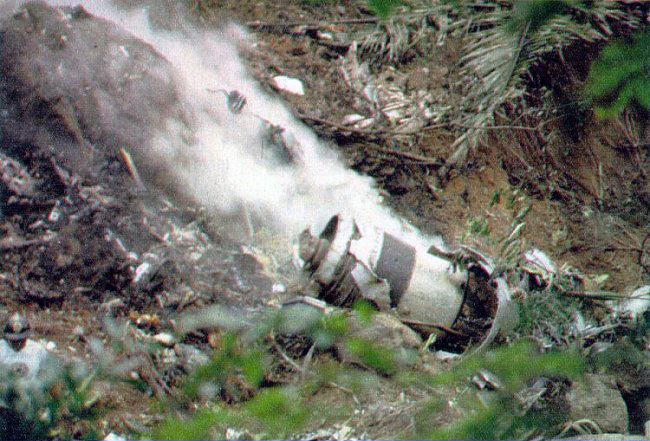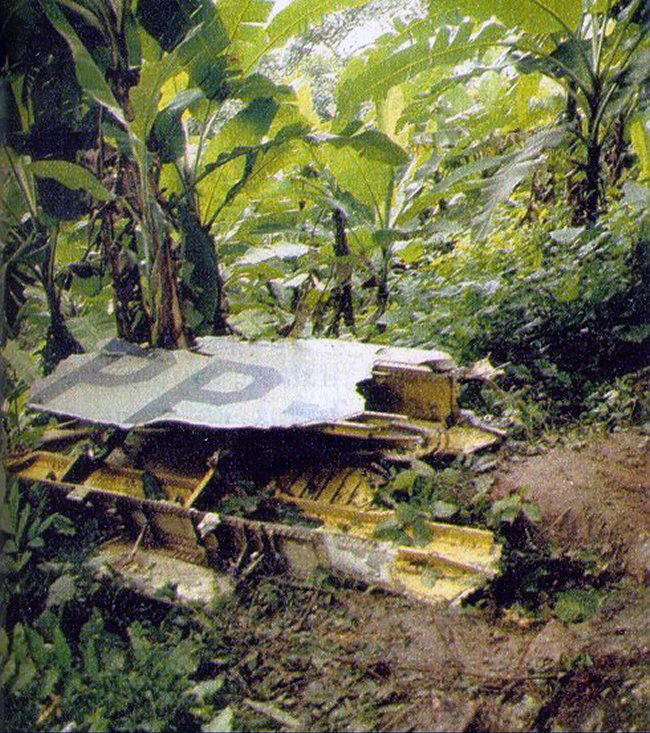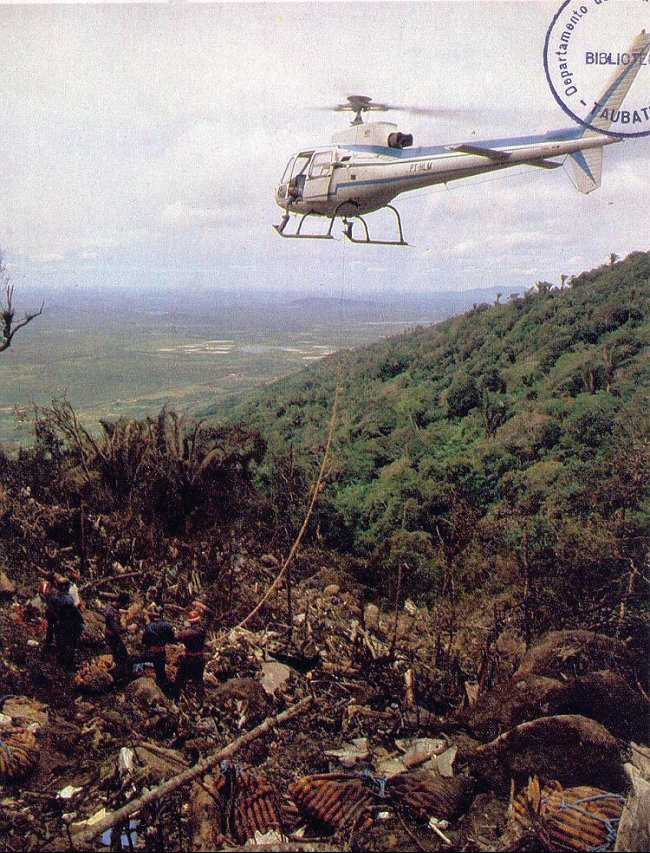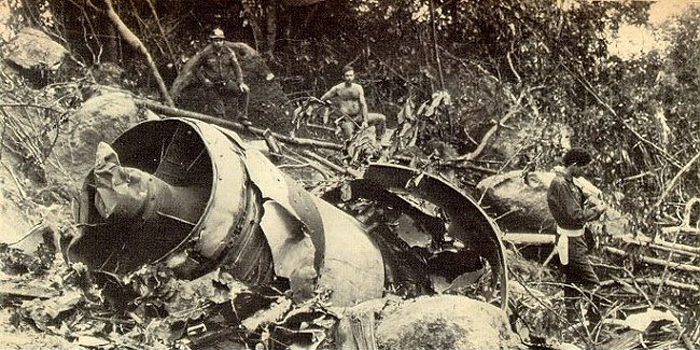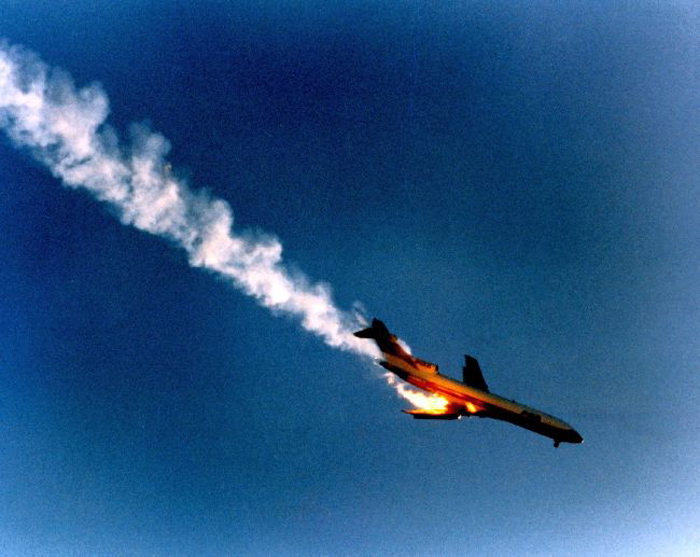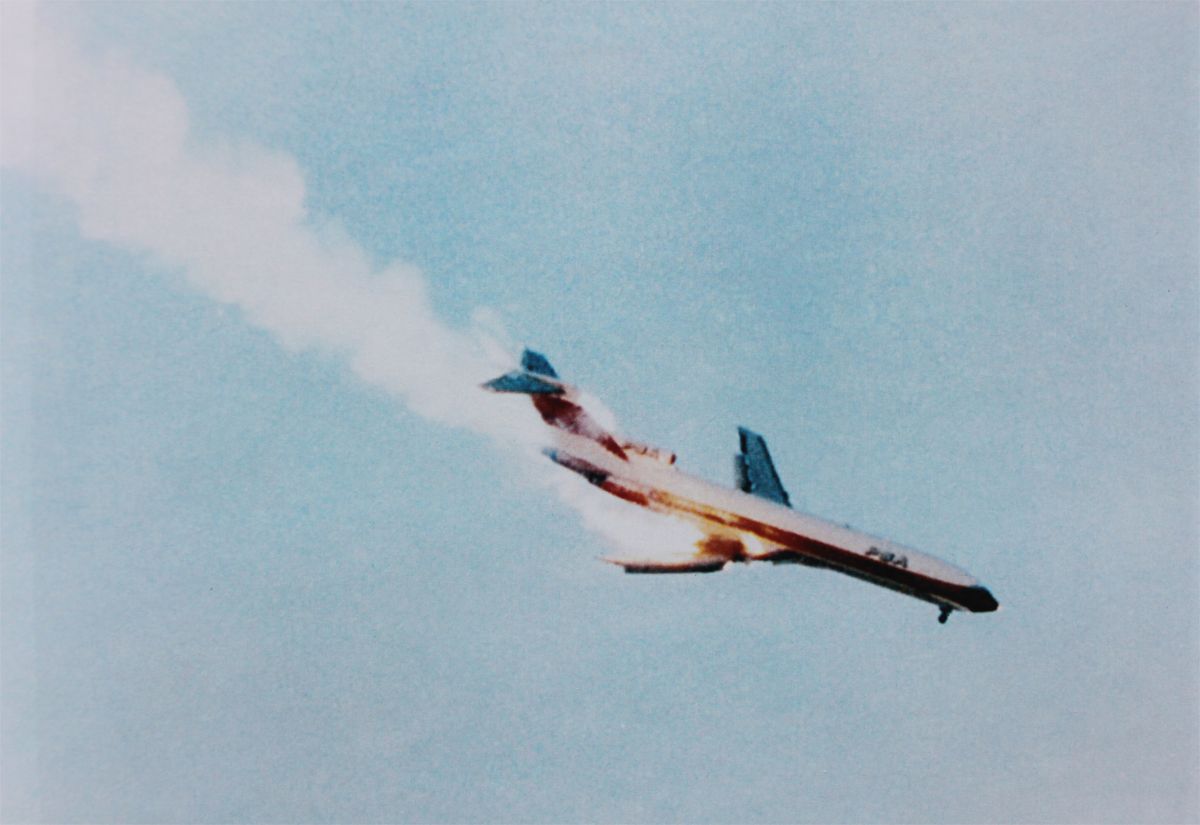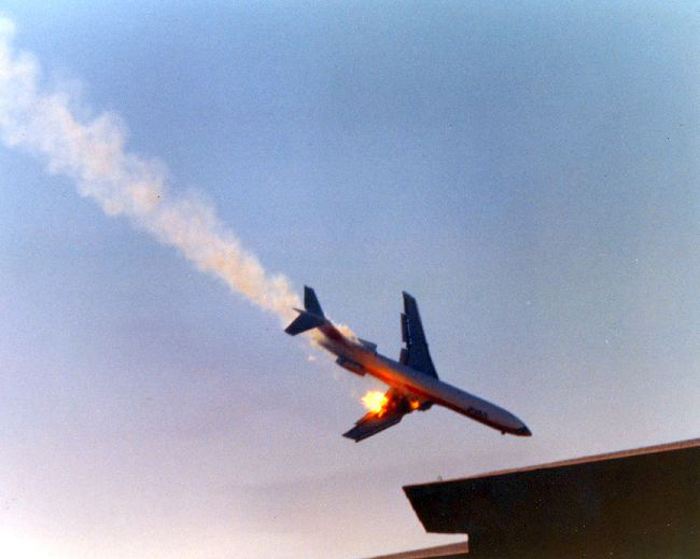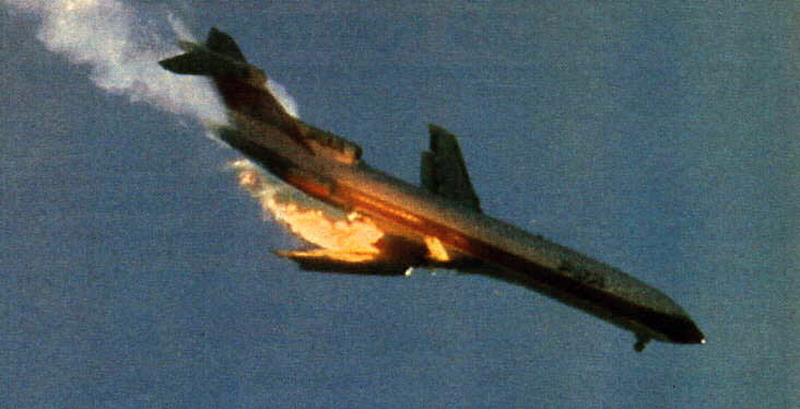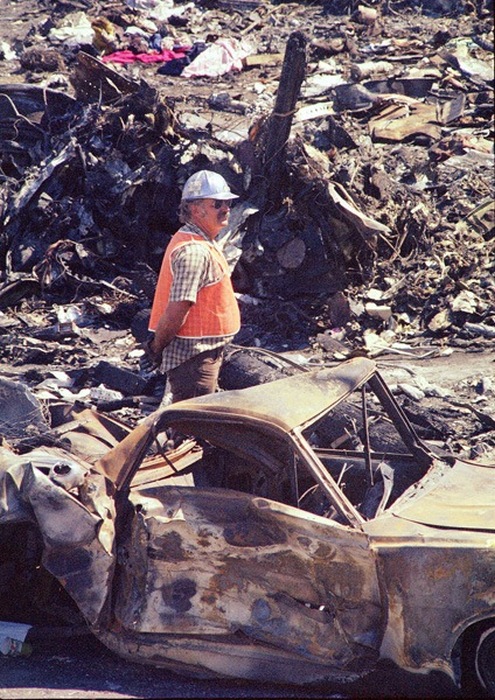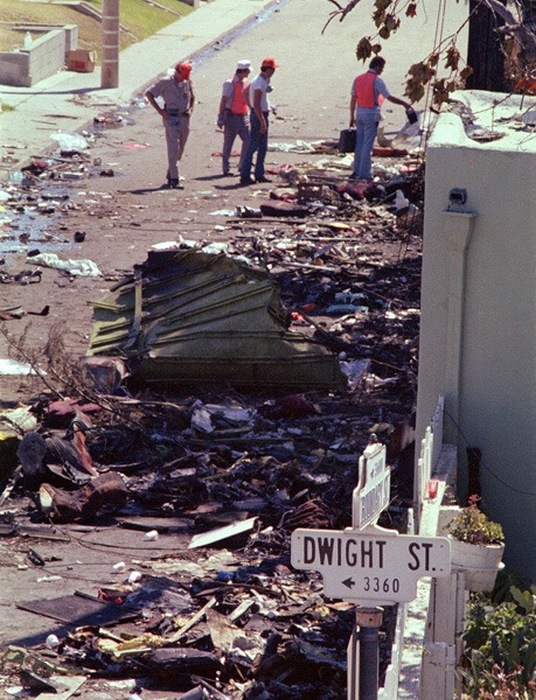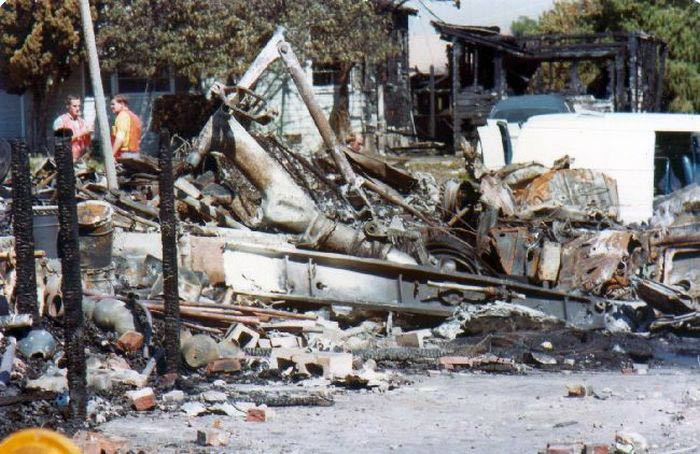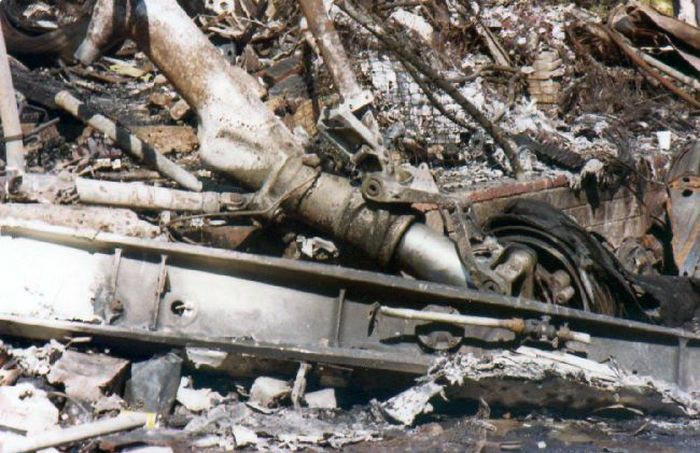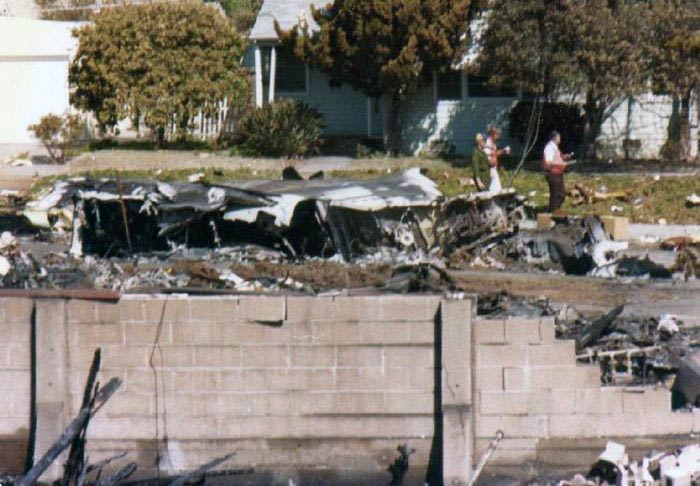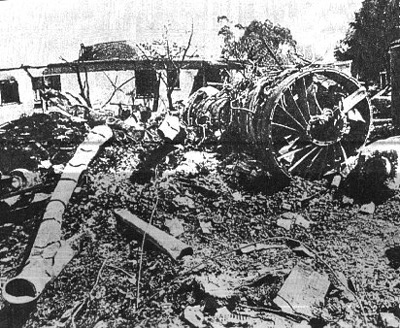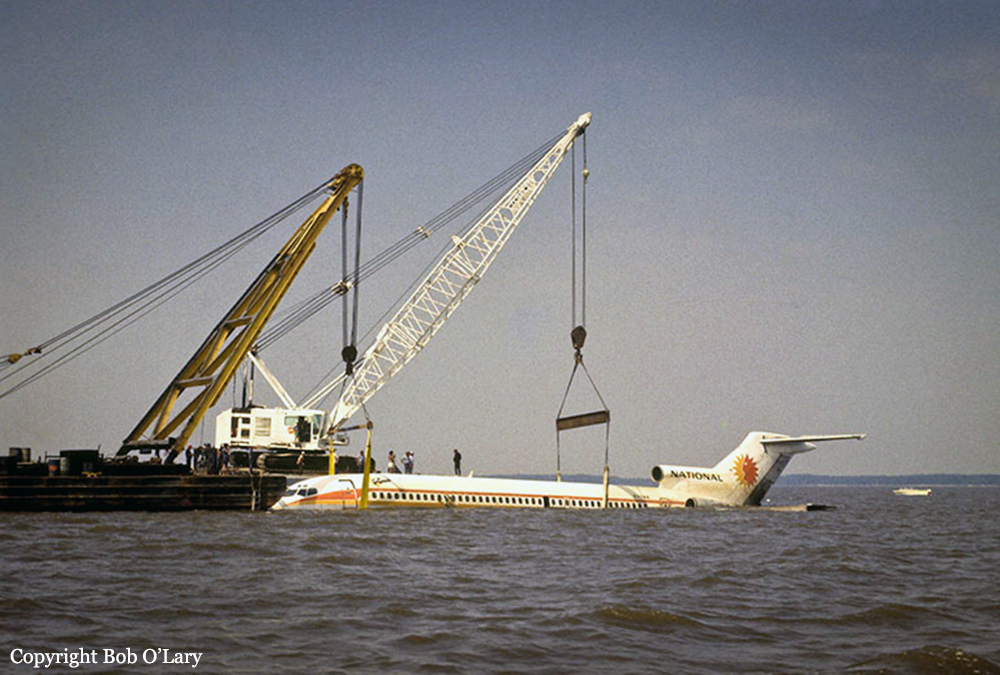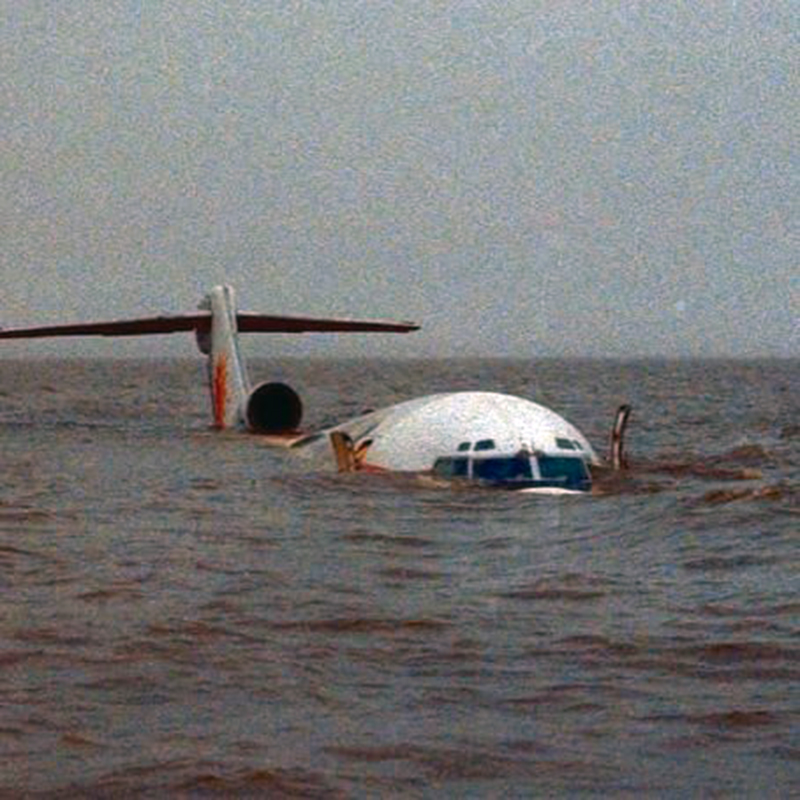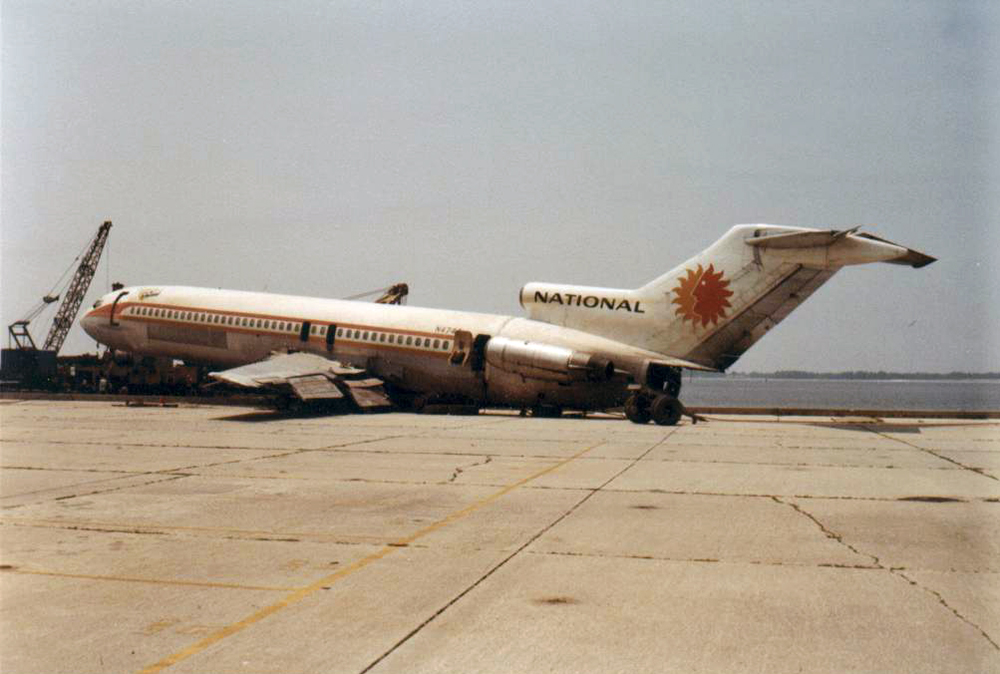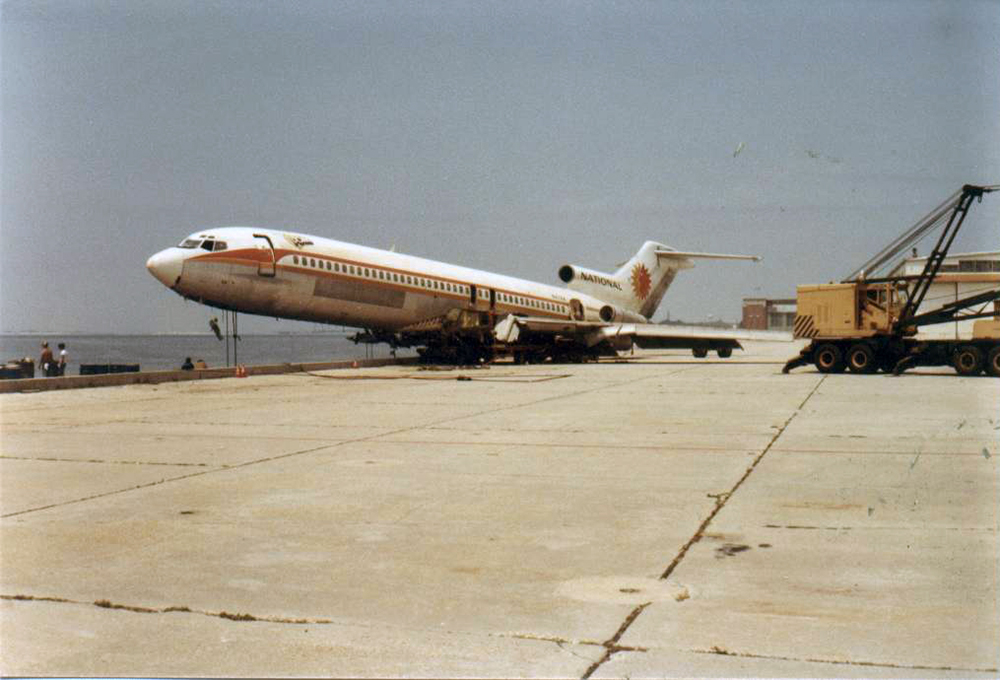Crash of a Boeing 727-264 on Mt San Andrés: 167 killed
Date & Time:
Mar 31, 1986 at 0911 LT
Registration:
XA-MEM
Survivors:
No
Schedule:
Mexico City – Puerto Vallarta – Mazatlán – Los Angeles
MSN:
22414
YOM:
1981
Flight number:
MX940
Crew on board:
8
Crew fatalities:
Pax on board:
159
Pax fatalities:
Other fatalities:
Total fatalities:
167
Circumstances:
The three engine aircraft departed Mexico City-Benito Juárez Airport at 0840LT on a regular schedule service to Los Angeles with two intermediate stops in Puerto Vallarta and Mazatlán, carrying 159 passengers and a crew of eight. While cruising at the assigned altitude of 31,000 feet, an explosion occurred on the left main gear wheel well after a tire burst. Fuel and hydraulic lines were ruptured and electrical cables severed, causing a cabin decompression. The captain declared an emergency and elected to reduce his altitude when the aircraft caught fire after fuel ignited. The aircraft entered an uncontrolled descent and crashed on the slope of Mt San Andrés (3,569 meters high) located 18 km southwest of Maravatio, State of Michoacán. The aircraft disintegrated on impact and all 167 occupants were killed.
Probable cause:
It was determined that the left main gear brake was overheated during the takeoff run. This allowed a tire to explode due to high temperature and pressure because it has been serviced with air rather than nitrogen.

